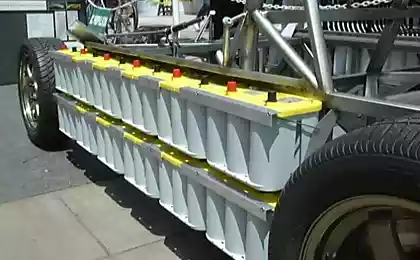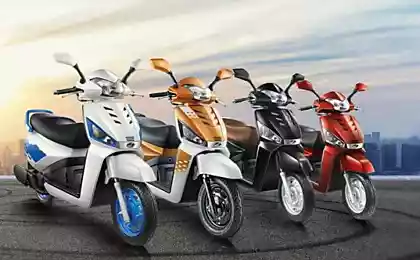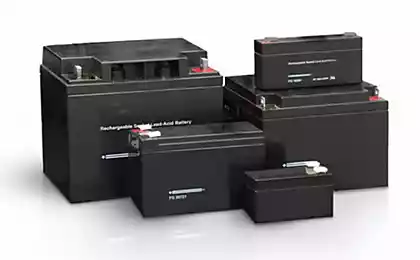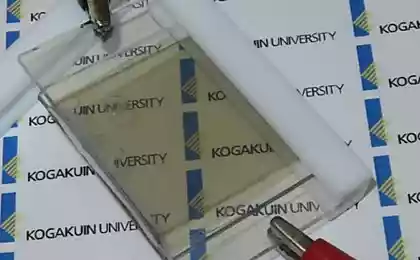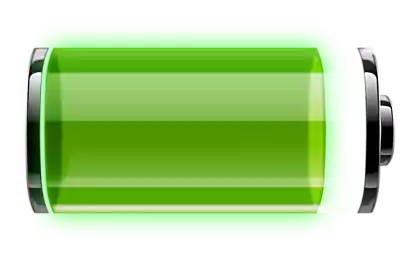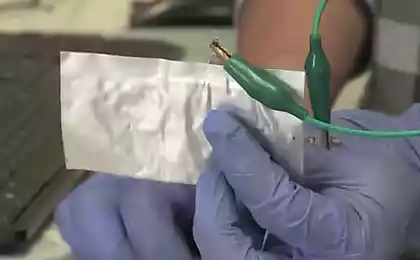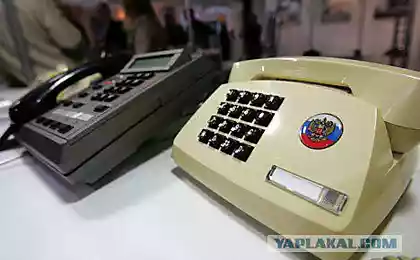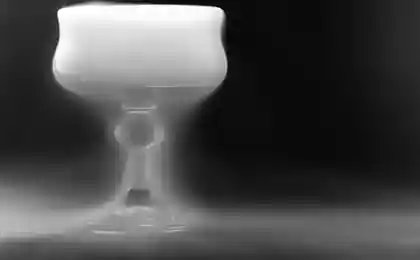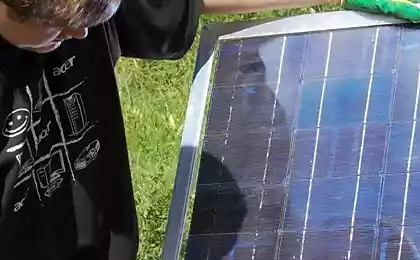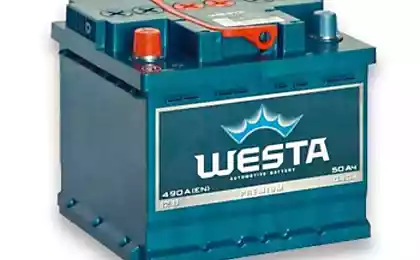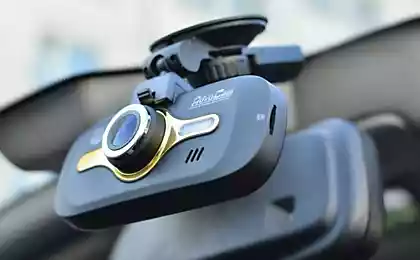561
Battery SolidEnergy 2 times less analogues with the same capacity
Startup SolidEnergy Systems, graduates of MIT, has developed a battery that is twice the volume of lithium-ion batteries powering most of our electronic devices. As the anode, it uses a very thin layer of lithium foil. And to make these batteries is possible in the same equipment.
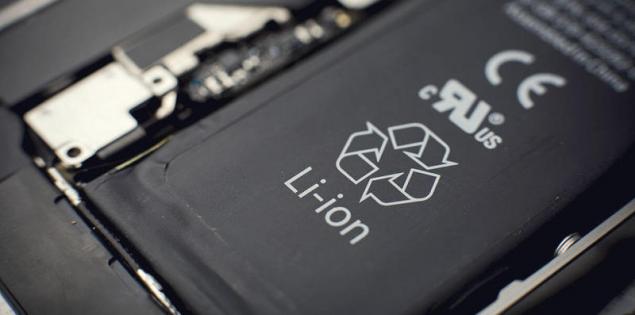
"Industry standards are that the vehicle must drive at least 300 km on a single charge. We are able to manufacture the batteries twice smaller size and weight with the same capacity, or make them the same size and weight, but then they will provide a range of 600 km," said Qichao Hu, the head of the company.
The SolidEnergy battery anode consists of a very thin sheet of lithium foil. It is several times smaller thickness and lighter graphene, carbon or silicon, which are commonly used for this purpose. This allows to reduce the weight and size of battery.
Also, scientists have developed a hybrid of solid and liquid substance which is not heated during operation of the battery. The result is a more energy-intensive battery, not inferior to Li-ion on safety and service life.
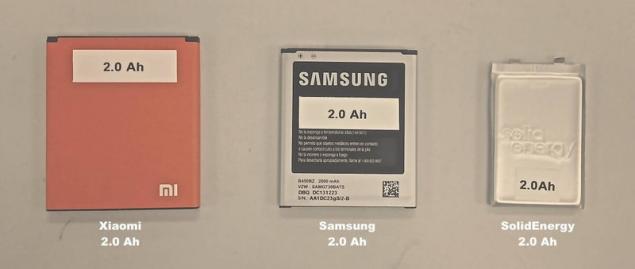
Photo: SolidEnergy Systems Battery the First test of this battery took place a year ago, when SolidEnergy demonstrated battery for iPhone 6, 2 times less than standard and slightly more capacious. This brought the company $12 million SolidEnergy plans to offer their product to manufacturers of smartphones and wearable devices in early 2017, and a version for electric cars will appear in 2018. published
Source: hightech.fm/2016/08/19/solidenergy

"Industry standards are that the vehicle must drive at least 300 km on a single charge. We are able to manufacture the batteries twice smaller size and weight with the same capacity, or make them the same size and weight, but then they will provide a range of 600 km," said Qichao Hu, the head of the company.
The SolidEnergy battery anode consists of a very thin sheet of lithium foil. It is several times smaller thickness and lighter graphene, carbon or silicon, which are commonly used for this purpose. This allows to reduce the weight and size of battery.
Also, scientists have developed a hybrid of solid and liquid substance which is not heated during operation of the battery. The result is a more energy-intensive battery, not inferior to Li-ion on safety and service life.

Photo: SolidEnergy Systems Battery the First test of this battery took place a year ago, when SolidEnergy demonstrated battery for iPhone 6, 2 times less than standard and slightly more capacious. This brought the company $12 million SolidEnergy plans to offer their product to manufacturers of smartphones and wearable devices in early 2017, and a version for electric cars will appear in 2018. published
Source: hightech.fm/2016/08/19/solidenergy
Studio apartment: a children's area in the parents ' bedroom
16 Elements of Mental and Emotional Health
